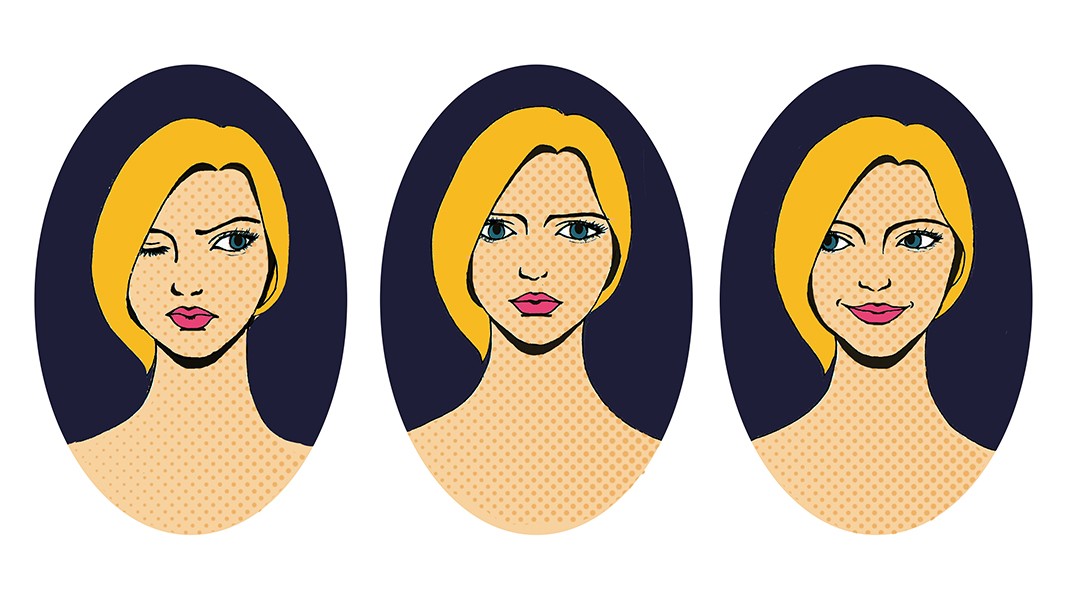We’re all guilty of it. We meet someone new — probably at a bar or in class or somewhere in between — and, as we extend our hand nodding and smiling, we immediately make assumptions. We take others words, actions, and appearance as cues to their identity — even if they didn’t know that they were going to a dive bar that night, and the tie and jacket were the fault of an uninformative roommate.
To Nicholas Rule, assistant professor of psychology at the University of Toronto, these human processes and tendencies are endlessly fascinating. During his undergraduate degree, Rule wrote his thesis on the “gaydar,” and has been fascinated by the cues that individuals produce in their environments and their associated effects.
His current research, based primarily out of the University of Toronto’s Social Perception & Cognition Laboratory, investigates the intersection between person perception, culture, and cognitive neuroscience. Together, this multifaceted approach allows for a comprehensive understanding of how people perceive and make sense of each other.
For Rule, the interesting stuff is written all over our faces.
“The reason that the face comes up in a lot of non-behaviour is that the face is actually the richest source of non-verbal behaviour information,” he says.
As it turns out, our appearance says a lot about us. Findings out of Rule’s lab have ranged from the ability to determine the political affiliations of individuals to the ability to deduce one’s religion based on their face.
”When we think of non-verbal behaviour we tend to think about gestures, body movements, hand movements, and things like that but we move our faces more than any part of our body,” Rule explains.
While Rule admits that there is no purely scientific method for reading faces, he believes that there is a definite correlation between facial cues and individual characteristics, wherein the former expresses the latter.
When it comes to the biological component of perception, research has suggested that humans have specialized neurons in their brains that only processes faces. Humans have the ability to detect subtle differences in faces — a skillset cultivated through a combination of genetics and lived experience.
The Dorian Gray Effect, named after the titular character of the Oscar Wilde novel, is the term commonly used in psychological literature to refer to the phenomenon in which past experiences leave a mark on one’s physical appearance.
The Dorian Gray Effect has previously been documented in several studies that suggest that the experience of particular lifelong emotions could, for some individuals, influence their “emotionally neutral” face.
Though facial cues can provide a wealth of insights into a person’s attributes, they are not always the best source of information. The voice, for example, can be a better indication of certain characteristics. There has also been little success for facial cue research on criminality and conditions like psychopathy and sociopathy. Currently, no facial cues have been discovered that readily indicate the presence of one of these conditions.
Rule, however, stands by the communicative power of the human face. “There are other cues that aren’t conveyed as effectively by the voice as they are by appearance or behaviour,” he notes.
Regardless of the debate over the most effective source of non-behaviour information, Rule’s interests lie deeper.
“I’m really interested in understanding where these intuitions come from because generally they’re not coming out from the air… a big goal for me is to understand the way we make sense of others,” he says, making it clear that the messages our faces convey are far more than we think.
